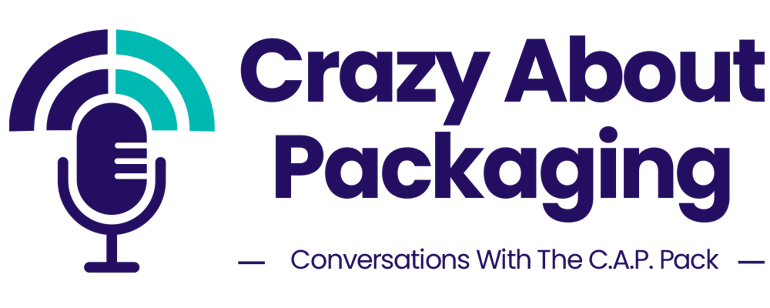
Polystyrene (PS) has a long and successful history in the world of packaging. It has been the gold standard for rigid thermoformed food and medical packaging applications.
In episode two, the C.A.P. Pack has assembled to talk about the history of polystyrene, the characteristics that make it so extraordinary, and why so many people and organizations have decided that it needs to go. They also dive into the extraordinary challenges of finding an acceptable PS replacement, and how a 15-year journey led to the development of XPP - the “unicorn material” that can finally replace polystyrene.
Sneak Peek for Episode #2
You can watch or listen to the podcast now on our website, or subscribe on Spotify, Apple, and Google. Here are a few segments that we cover:
Benefits of Polystyrene
EPS (also known as “expanded polystyrene”) became popular, as a unique low-density foam product in maximizing yield for popular applications like packing peanuts and clam shell packaging in the fast food industry. Given its ease of forming and processability, EPS made it an ideal format for food containers, like McDonald’s clamshell boxes (for those who remember them).
Thin gauge rigid Polystyrene became popular for both thermoformed and form, fill and seal applications as it was an ideal material solution in both barrier and non-barrier formats. It was used for a broad range of applications given its wide processing window and natural properties, such as stiffness, processability, and “snap-ability” that makes multipack containers possible and popular.
Environmental and Sustainability Problems
Sustainability concerns for PS continue to be front and center within the packaging industry with focus on the replacement of existing rigid PS food and medical applications for more sustainable material solutions. Due to the material having known carcinogenic implications, there are now global initiatives to discontinue its use and look for more sustainable alternatives.
Difficulties of Replacing Polystyrene
Companies have invested millions of dollars into form, fill and seal and thermoforming production lines for PS and are understandably reluctant to replace and/or retrofit their production systems due to the potentially significant capital investment associated with changing to another material. For example, an ideal PS replacement material would need to:
- Meet all key sustainability requirements
- Be compatible on existing machines with minimal modification(s)
- Provide the same or better level of product protection
- Retain the same physical properties and performance as PS
- Provide a cost effective alternative and improved yield without compromise to line efficiencies or increased gauge
XPP - The Unicorn to Replace PS
Checking off all the boxes to replace polystyrene is as unlikely as finding a unicorn walking down the street. And yet, ICPG has developed XPP - a polypropylene-based alternative solution that does exactly that!
Be sure to watch the full podcast to get all the details on this revolutionary development!
Join the Conversation
We want to hear what you think about polystyrene, XPP, and sustainability within the world of packaging. Follow us on Twitter, LinkedIn, Facebook, and Instagram and share your thoughts! And be sure to check out the podcast on Spotify, Apple, Google, or our website.



